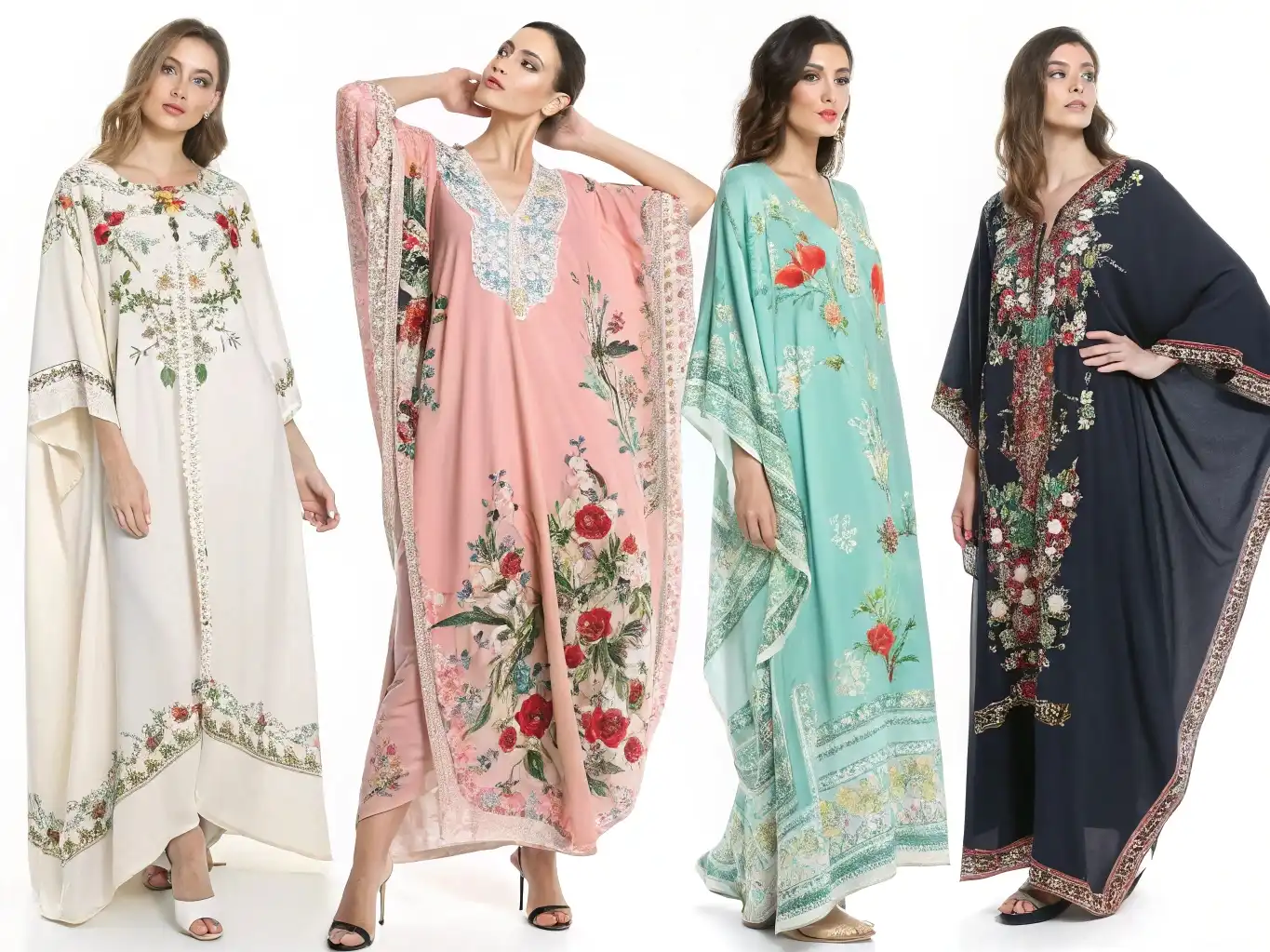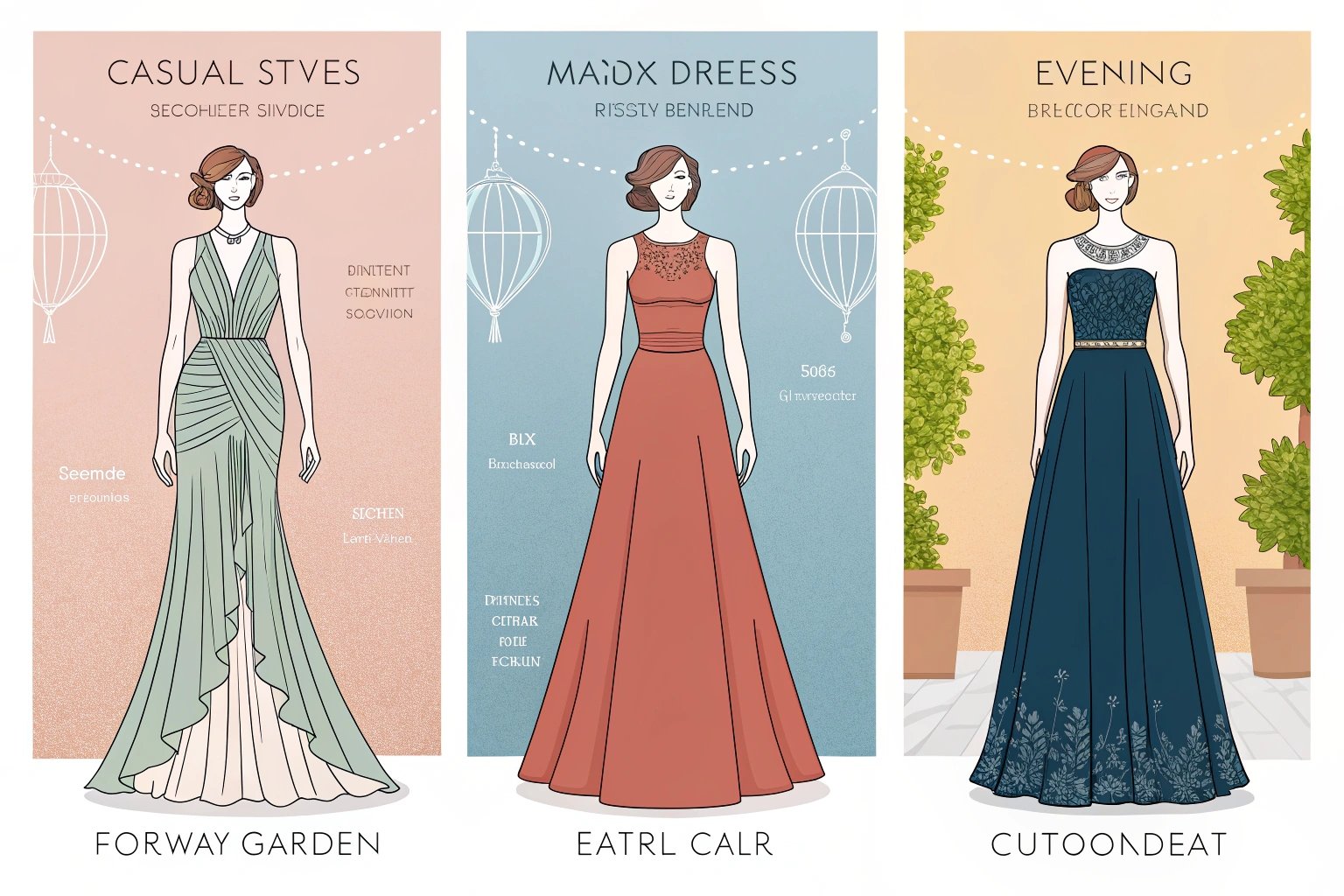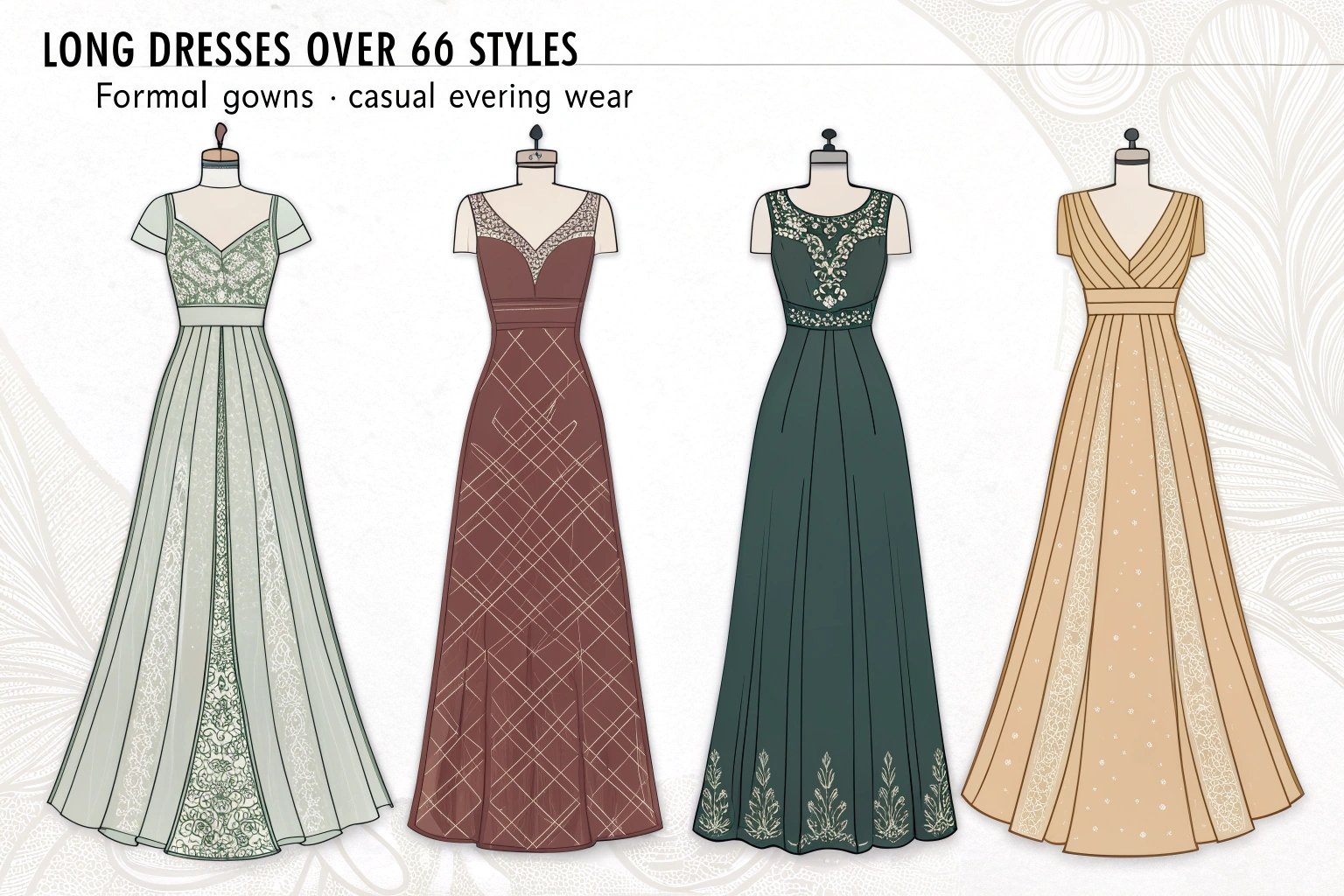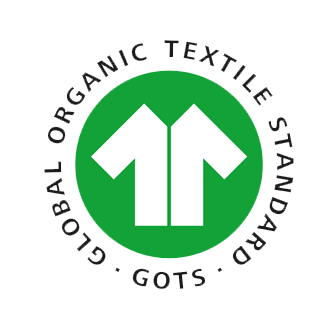A beautiful design can still fail if the fabric is poor. I once ordered a custom evening dress that looked elegant under boutique lights but pilled and sagged after just one wear. That taught me fabric quality1 is everything.
Cheap fabrics show themselves in texture2, weight, sheen, pilling3, fraying, and fading. High-quality fabrics feel smooth, drape consistently, and hold up under wear and cleaning. Custom dress buyers should learn simple tests to avoid disappointment.
Let’s explore how to spot poor fabric, what signals true quality, and how to work with designers to secure premium textiles for custom dresses.
What Are the Key Signs of Cheap Fabric in Clothing?
Fabric tells its own story if you pay attention. Poor textiles reveal flaws before the garment even hits the rack.
Texture that feels scratchy, weight that is flimsy, and an overly shiny surface often signal cheap fibers. Pilling, fraying seams4, and rapid fading confirm weak yarns and poor finishing.
The Red Flags of Cheap Fabric
- Texture: Rough polyester masquerading as silk feels plasticky and sticks to the skin.
- Weight: Thin satins or chiffons collapse instead of flowing; heavy fabrics without bounce feel cardboard-like.
- Sheen: Premium silk glows softly, while cheap polyester reflects light harshly.
- Durability: Loose yarns at seams, pills after minimal wear, or fading after one wash show weak construction.
| Fabric Issue | What It Means |
|---|---|
| Scratchy hand | Low-grade fibers or poor finishing |
| Limp drape | Insufficient density, poor weave |
| Harsh glare | Synthetic finish, low fiber quality |
| Early pilling | Low twist yarns, weak blend |
| Rapid fading | Inadequate dye fixation |

How to Identify High-Quality Fabrics in Custom Dresses
Premium fabrics don’t just look good—they behave well during sewing and wearing.
High-quality dresses use fabrics with refined finishes, stable linings, and precise stitching. Smooth seams, generous seam allowances, and well-fused interfacings all indicate strength and longevity.
What to Look for
- Fabric Finishes:
- Mercerized cotton (glossy, smoother)
- Sand-washed silk (matte, soft)
- Heat-set polyester crepe (stable shape, matte look)
- Stitching: Fine stitches (10–12 per inch) and finished seam edges (French seams or overlock).
- Linings: Breathable, anti-static options like cupro or bemberg, not cheap polyester linings.
- Construction: Pattern-matching in prints, secure hems, and clean fusing without bubbling.
Why Fabric Choice Matters for Custom Dresses
Fabric defines how a dress feels, moves, and lasts. Even with perfect tailoring, poor fabric ruins the effect.
The right fabric impacts comfort, breathability, drape, and durability. Luxury dressmakers invest in premium textiles because they ensure better fit, cleaner finishes, and garments that maintain beauty over years.
The Fabric–Design Connection
- Comfort: Natural fibers and quality synthetics manage temperature and reduce irritation.
- Drape: Heavier satins create structured gowns; soft chiffons allow flowy, romantic silhouettes.
- Longevity: Premium fabrics resist seam slippage, fraying, and surface wear.
- Luxury Impact: A designer’s reputation depends on fabric choice—no brand risks couture with poor cloth.

How to Test Fabric Quality Before Buying Custom Dresses
You don’t need a lab—just hands and eyes. A few quick checks reveal more than sales talk.
Touch and stretch tests reveal fiber strength, while rub and wash checks expose fading and shrinkage. Hanging a swatch also shows drape.
Simple At-Home Fabric Tests
- Touch & Scrunch Test: Squeeze fabric in your palm. Premium fabrics recover quickly; cheap ones crease deeply.
- Stretch & Recovery Test: Stretch gently. Good fabrics bounce back; poor ones stay distorted.
- Light Test: Hold up to light—consistent density = quality, patchy = cheap.
- Rub Test: Rub white cloth against fabric. Heavy dye transfer = poor colorfastness.
- Wash/Steam Test: If possible, steam or wash a swatch. Check for shrinkage, shine marks, or pilling.
Tips for Working with Designers and Manufacturers on Custom Dresses
Getting fabric right means asking the right questions early.
Ask about sourcing, mills, and certifications. Request fabric swatches, check lining quality, and confirm GSM and fiber content in writing.
Questions & Best Practices
- Questions to Ask:
- Where is this fabric sourced?
- What is its fiber composition5 and GSM?
- Does it have anti-shrink or anti-pill finishing?
- Best Practices:
- Always request swatches in your chosen color.
- Approve fabric before cutting.
- Ask for fabric test reports if available (shrinkage %, colorfastness rating).
- Keep a “golden sample” for reference.

Conclusion
Cheap fabric reveals itself through poor texture, shine, and wear. High-quality fabric feels balanced, drapes smoothly, and resists fading and pilling. For custom dresses, the best safeguard is testing fabric yourself and asking the right questions before production.
-
Learn effective tests to assess fabric quality before purchasing custom dresses, ensuring you get the best value. ↩
-
Exploring how texture affects fabric quality can guide you in selecting the right materials for your dresses. ↩
-
Discover the causes of pilling to avoid low-quality fabrics that can ruin your custom dress. ↩
-
Quality seams are crucial for garment longevity; learn what to look for to ensure your dress is well-made. ↩
-
Learning about fiber composition can enhance your knowledge of fabric quality, leading to better choices in custom dresses. ↩









